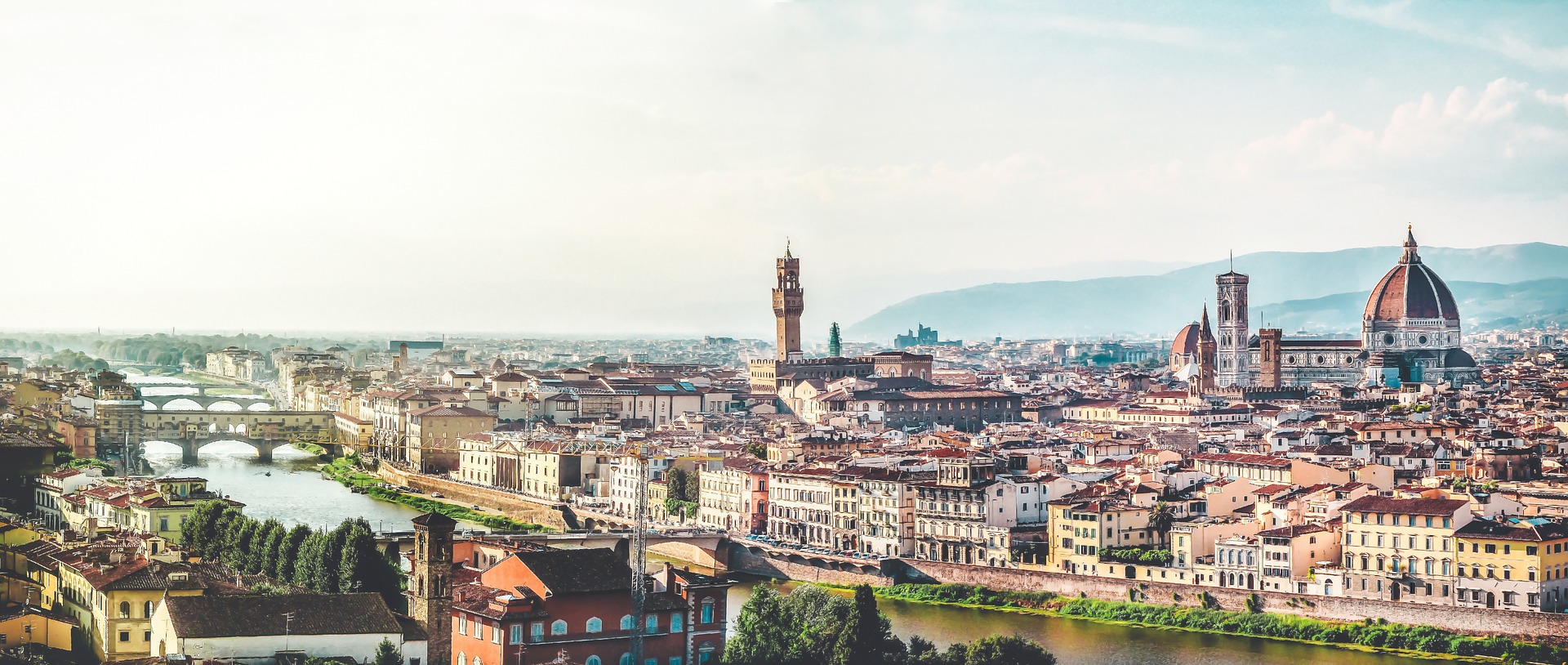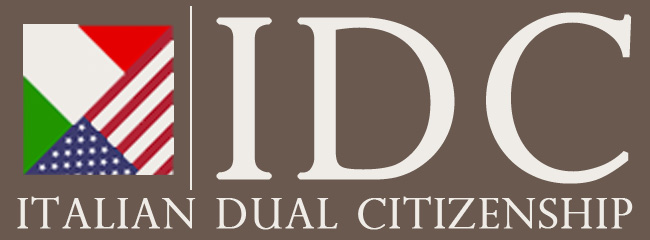A STUDENT STUDY-ABROAD GUIDE FOR ITALY
A COMPREHENSIVE RESOURCE GUIDE TO STUDY-ABROAD IN ITALY

If you love (Italian) fashion, culture, architecture, and cuisine, studying in Italy promises to be a life-transforming experience. Immersing yourself in the culture of another can really expand your horizons, and you’ll also be able to see famous sights like the Trevi Fountain, the Lanterna of Genoa, the Leaning Tower of Pisa, and the Duomo di Milano. However, it’s important to do a bit of research before signing up for a study-abroad program in order to make the most of your time there and get the best experience possible.
The Best Study-Abroad Programs
To study in Italy, you first need to be accepted into a program of study. Consider your major, your interests, and your budget when looking over the options, then make a comparison chart of Italian universities that offer programs that might be a good fit, checking to see whether they accept foreign students. Some of the best study-abroad programs are offered by famous (Italian) institutions like the University of Padova, the Università Cattolica del Sacro Cuore (UCSC), the University of Siena, the Florence University of the Arts (FUA), and the University of Bologna. There are also some American universities with campuses in Italy, like New York University Florence and John Cabot University. Of course, if you’re already in college and your school offers a program in Italy, this can make the decision much simpler.
How to Apply for a Student Visa
Once you have been accepted into a program, you can start the visa application process. If your period of study is less than 90 days, you only need a Declaration of Presence. Otherwise, you need to get a student visa and a Permit of Stay. Also, you’ll need to make sure that you have a passport that has at least six months left on it before it expires: If you don’t have a passport or will need a new one, apply as soon as possible to make sure that you have it in hand before your trip. To stay on the right side of the law, it’s a good idea to learn about the immigration and citizenship laws in Italy. Your nearest Italian consulate can help you with this process.
Top Study-Abroad Locations in Italy
Rome was the epicenter of the Roman Empire, and today, it’s the capital of Italy, a place where it’s easy to find both historic sites and foreign embassies. With historic landmarks like the Colosseum, the Spanish Steps, the Pantheon, and the Sistine Chapel, Rome will always be a favorite with foreign students.
For students interested in the Renaissance, Florence offers a glimpse into its glorious history. This city has architectural wonders like the Basilica di San Lorenzo, the Palazzo Medici Riccardi, the Duomo, and museums housing works by Michelangelo, Leonardo da Vinci, Donatello, and Botticelli.
Milan, the second-most-populated Italian city, is a global hub for design and fashion. The headquarters of major fashion houses like Armani, Gucci, Prada, Valentino, and Versace are located in Milan, and it’s also home to Milan Fashion Week. Fashion students will discover endless inspiration in this city. Some famous buildings in Milan include the Milan Cathedral, the Royal Palace of Milan, the Arco della Pace (Arch of Peace), and the San Siro stadium.
Travel Safety
When you travel, it’s best to be prepared for the unexpected. Try to travel with at least one companion so there’s somebody to help you in an emergency situation. Travel insurance is a prerequisite for your application for an Italian student visa, and it’s a good idea to select a policy that covers your belongings as well. Tourists are favorite targets for pickpockets in bigger cities like Rome, Milan, and Naples. Keep your valuables and important documents safely locked up where you’re staying, and carry copies of your ID and passport.
Tips for Traveling From Italy to Other European Locations
When you are in Italy, you may want to travel to other European countries. Under the Schengen Agreement, you are free to travel to many other countries from Italy, such as Belgium, France, Netherlands, Greece, Germany, and Spain. It’s easy to visit many European countries by road, rail, sea, or air. Train travel is popular with Europeans, but during the off-season, you might find that it’s cheaper to fly where you want to go. If you want to see the countryside, rent a car and take it slow. Since the countries of Europe are fairly small compared to the United States, some of the continent’s most famous sights are within easier reach than you’d think.
- Getting Around Europe by Train
- Understanding Travel in the Schengen Area
- Travel Documents for Non-EU Nationals
This page was last updated with help by Marco Permunian
Additional Resources:
- Italian citizenship through great grandparents
- Italian passport requirements
- Italian citizenship by descent Brazil, Argentina and South America
- Italian citizenship jure sanguinis
- Italian citizenship by descent Australia
- Benefits of Italian citizenship
- Italian citizenship through marriage South Africa
- Italian dual citizenship
- Italian citizenship by descent Canada
- Italian citizenship marriage
- Dual Italian citizenship requirements
- Become Italian citizen
- Italian dual citizenship 1948 rule
- Italian citizenship by descent UK


